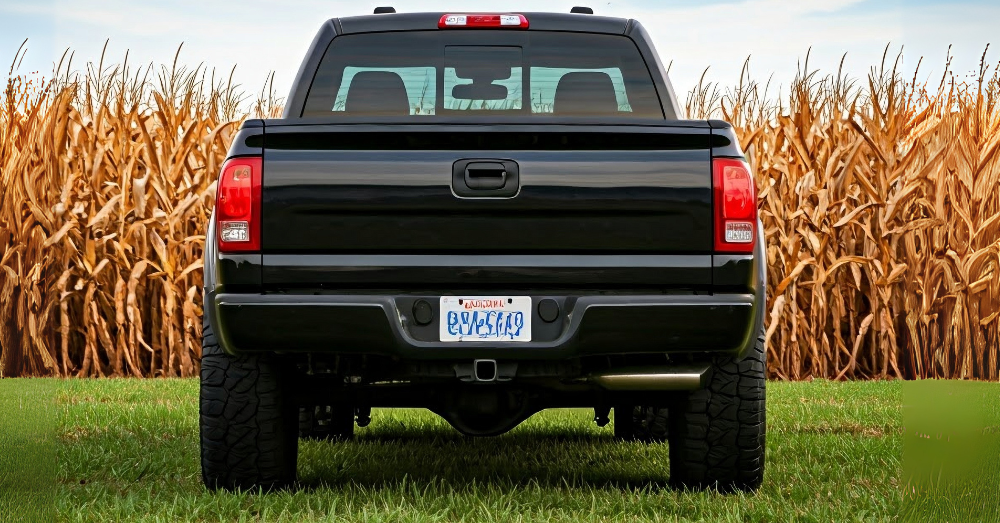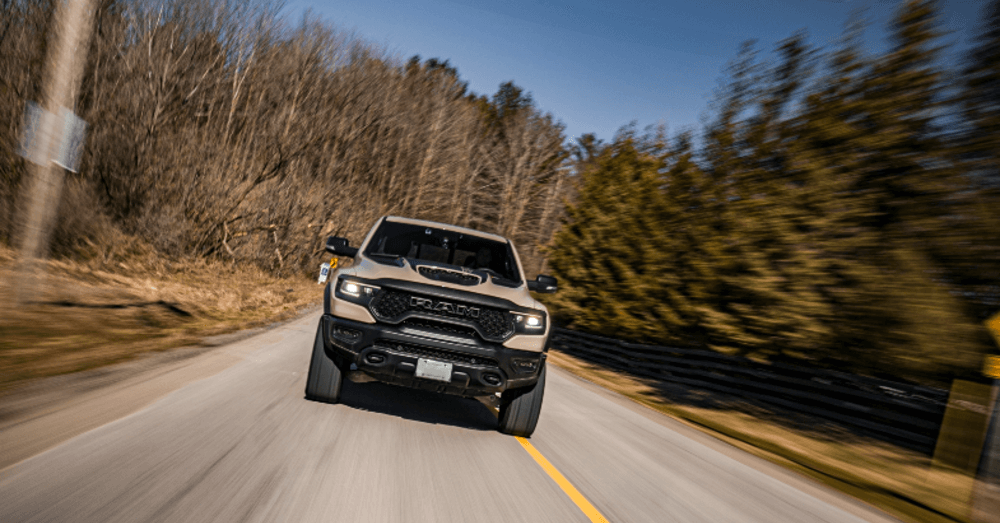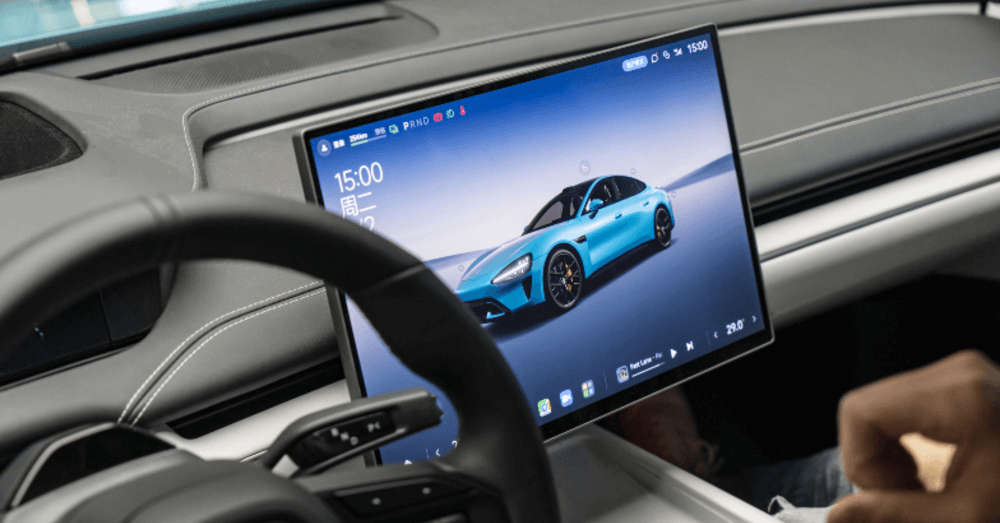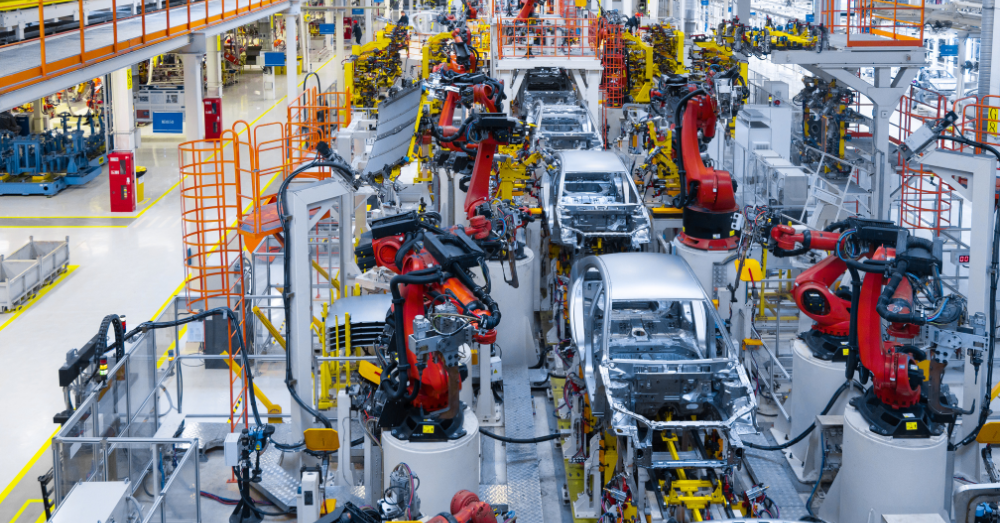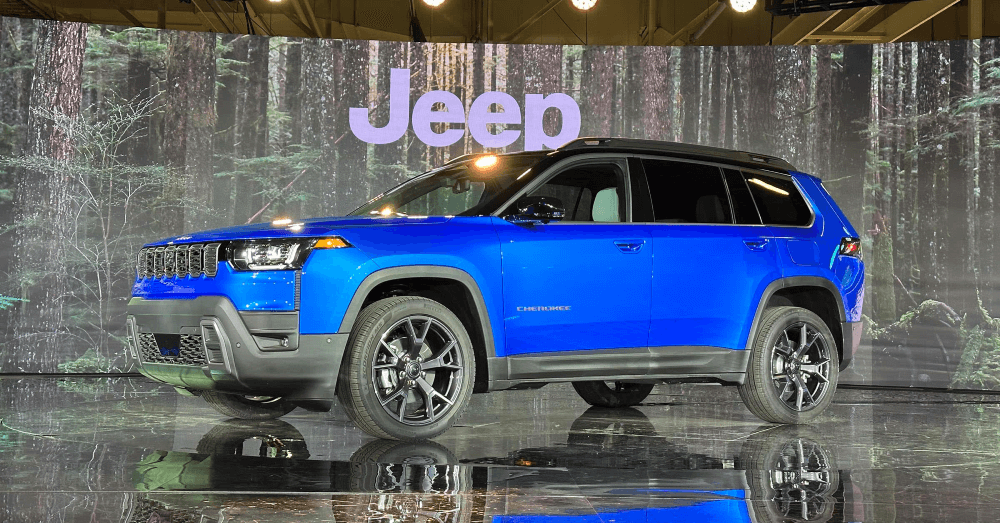Drive through any farming town on a Saturday morning and count the trucks at the local feed store. You’ll spot plenty of F-150s, Silverados, and Rams, but good luck finding a Toyota or Nissan. Despite decades of foreign competition, American pickup brands still own the hearts and driveways of rural America.
- Wyoming leads pickup ownership at 37% of residents, with Montana and North Dakota close behind
- Rural buyers prioritize capability and dealer support over luxury features
- Brand loyalty in farming communities often spans multiple generations
The stats don’t lie. In states where agriculture and energy production drive the economy, American trucks dominate. Wyoming tops the charts with 37.1% of residents owning pickups, followed by Montana at 34.7% and North Dakota at 32.2%. These aren’t weekend warriors buying trucks for appearances—these are working folks whose livelihoods depend on reliable transportation.
When Work Actually Means Work
Step onto a working ranch or farm, and you’ll see why foreign trucks struggle to gain traction. These buyers need vehicles that can pull livestock trailers through mud, haul feed in all weather, and run for 200,000 miles without major problems.
Ford’s F-Series has dominated truck sales for decades because it delivers on these basics. The Silverado can tow up to 13,300 pounds when properly equipped. Ram trucks offer that smooth coil-spring rear suspension that doesn’t beat you up on rough farm roads.
Here’s something interesting: a new company called AGwagon recently surveyed 14 farmers and ranchers about what they actually need in a truck. The results? Durability topped the list, followed by better connectivity for modern farming operations. Fancy leather seats and chrome packages didn’t even make the cut.
Trust Built Over Decades
Rural America runs on relationships, and that includes the vehicles people drive. When your grandfather swore by his ’73 Chevy, your dad stuck with GMC, and you’ve had good luck with your Sierra, switching brands feels like betraying family tradition.
This loyalty started back in the early 1900s when farmers first discovered which trucks could handle their demanding work. Ford introduced the Model T pickup in 1925, and it revolutionized how farms operated. A truck could haul a cotton bale to the gin faster than hitching up a team of mules.
That trust gets reinforced every day. Nearly half of all Ram 1500s end up in rural or small-town settings, where owners put them through tests that suburban drivers never imagine.
Made Here Still Counts
Walk into any coffee shop in Dumas, TX, and listen to the conversations. People still care about where their trucks are built. Ram assembles trucks in Sterling Heights, Michigan. The Colorado gets 60% of its parts from North American suppliers. These details matter to buyers who’ve watched factory jobs disappear from their communities.
Sure, the global economy has made “American-made” more complicated. But domestic brands maintain stronger ties to U.S. manufacturing than their foreign competitors. For rural communities that depend on agriculture and energy production, supporting American manufacturing feels like supporting themselves.
As one Montana rancher put it, there’s still something to that old “buy American” spirit, even if the accountants say it doesn’t matter anymore.
Different Priorities, Different Choices
The average F-150 buyer has a household income around $82,000, but rural buyers spend their money differently than suburban truck owners. They want maximum towing capacity and reliability over heated seats and fancy infotainment systems.
Here’s a telling stat: while 75% of general truck owners tow something once a year or less, that number flips completely in farming communities. These trucks work every single day.
Rural buyers also keep their vehicles longer. You’ll see 15-year-old trucks with 300,000 miles still earning their keep on farms across America. That kind of longevity requires a vehicle built for punishment, not just weekend trips to Home Depot.
Service When You Need It
Here’s something city folks don’t always consider: dealer networks matter enormously in rural areas. When your truck breaks down during harvest season, you can’t wait three days for parts from a distant warehouse.
American brands have spent decades building relationships with rural dealers. Places like Ram Country Dumas understand their customers’ needs and stock the right parts. Foreign brands often struggle with this local support network, leaving buyers stranded when something goes wrong.
Local dealers also understand seasonal needs. They know to stock up on transmission parts before planting season and keep plenty of alternators on hand during harvest. That kind of relationship takes years to build.
Evolution, Not Revolution
American truck makers haven’t stood still. The 2025 Ram combines old-school toughness with modern conveniences like over-the-air updates and advanced towing assistance. The AGwagon system adds features farmers actually requested: better lighting for pre-dawn work, connectivity for precision agriculture, and upgraded suspension for heavy loads.
But these innovations build on proven foundations rather than reinventing everything. Rural buyers appreciate progress, but they don’t want to be guinea pigs for unproven technology.
Culture Runs Deep
Drive through rural America and you’ll notice something: pickup trucks aren’t just transportation, they’re part of the local identity. Kids learn to drive on the family truck, often before they’re legally old enough. Those early experiences create emotional connections that last a lifetime.
Country music has entire songs dedicated to pickup trucks because they represent something larger than mere vehicles. They symbolize self-reliance, hard work, and connection to the land—values that run deep in agricultural communities.
When someone trades in the family Ford for a Toyota, they’re not just changing brands. They’re breaking with tradition in communities where tradition matters.
The Numbers Game
Market data confirms what anyone can see driving through farm country. GM sold 874,679 trucks last year when you combine Silverado and Sierra sales. Ford moved 765,649 F-Series trucks. These numbers represent more than market share—they show which brands have earned rural trust.
Meanwhile, Toyota’s full-size Tundra, despite being built in San Antonio, Texas, still struggles to break through in traditional truck markets. Quality isn’t the issue; cultural fit is.
Looking Down the Road
American truck dominance in rural markets faces new challenges. Electric vehicle mandates and changing regulations might force adaptations. But the basic needs that made domestic brands successful haven’t changed: capability, reliability, and local support.
Ford’s F-150 Lightning shows how companies can adapt while keeping their core identity. It’s still a truck that can work, but now it can also power your house during an outage—something rural customers definitely appreciate.
Bottom Line
Rural America’s preference for American-made trucks comes down to trust earned over decades. These vehicles prove themselves every day in the toughest conditions, backed by dealer networks that understand local needs and cultural values that run generations deep.
From wheat fields in Kansas to cattle operations in Texas, Ford, Chevy, GMC, and Ram trucks keep earning their place one job at a time. In a world where everything seems temporary, that’s the kind of reliability worth sticking with.

